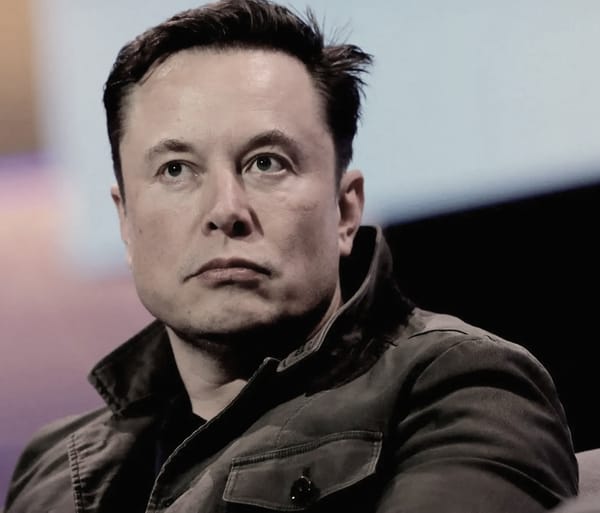How Lithium-ion (Li-ion) Batteries Work

Just like any other rechargeable batteries, Lithium-ion (Li-ion) Batteries comprises of power-generating compartments called cells which make use of lithium-cobalt oxide to work.
They charge and recharge in a very systematic and effective way. Each cell contains a positive electrode in the positive terminal and a negative electrode in the negative terminal. A chemical called electrolyte resides in between them. The positive electrode is made up of a compound called lithium-cobalt oxide (LiCoO2) while the negative electrode is made up of carbon (graphite).The electrolyte varies from battery to battery.
Working
The lithium-ion batteries works in generally similar ways as other batteries. When the battery is charging up, the lithium-cobalt oxide, positive electrode gives up some of its lithium ions, which move through the electrolyte to the negative, graphite electrode and remain there. Thereafter, the battery absorbs the energy and stores it. When discharging, the lithium ions in the battery move back across the electrolyte to the positive electrode, producing the energy that powers the battery. During the clockwise and the anticlockwise circulation or process, electrons flow in the opposite direction to the ions around the outer circuit. Electrons don’t flow through the electrolyte since it acts as an insulator and a barriers far as electrons are concerned.
Movement of lithium ions and electrons clockwise and anticlockwise are connected and if one of the process ceases to proceed, the other process automatically ceases as well. If you switch off the appliances which are charging or rather supplying the power to the battery, the flow of electrons will stop as well as the flow of ions. The flow of both totally depends on the existence of the other one.
Charging Process
In charging, lithium-ion batteries as their names dictates, there is the movement of lithium ions where the ions move one way when the battery charges and they move the opposite way when the battery discharges .The ions move to the negative electrode from the positive one as well as the electrons but the electrons takes the long path in the outer circuit.
When there is no more room for ions to flow, the battery is fully charged.
In the other way when discharging, the electrons and the ions move from the negative electrode to the positive electrode but the electrons use the outer circuit though. When both the electrons and ions combine, the lithium is deposited there. When all ions are moved, the battery is fully discharged and needs charging.
As the battery charges and discharges, the lithium ions shunt/move back and forth from one electrode to the other through the electrolyte.

Pros and Cons
Some of the advantages of these batteries (Li-ion Batteries) over the batteries are outlined below.
They are more reliable than the other batteries since they don’t suffer from a problem commonly referred to as the memory effect (where NiCad batteries appear to become harder to charge unless they’re discharged fully first).Also, they are environmental friendly. This is because they don’t contain cadmium (a toxic, heavy metal) which pollutes the environment. Another advantage of Li-ion Batteries is that they charge very fast than the other batteries.
However, Li-ion Batteries also have some of their disadvantages. Compared with gasoline in terms of power storage, these rechargeable batteries store only a portion of the total energy present in ordinary gas. Also,the fuel driven automotive only refuel within few minutes but the automotive which rely on these batteries are disadvantaged since the battery takes long before it fully recharges. In another way, these rechargeable batteries can explode and catch fire if they overcharge which can prove to be very fatal. In order to curb this danger of explosions, the Li-ion Batteries are in-built with an automatic circuit breaker which stops the power entry into the battery as soon as the battery is fully charged.


